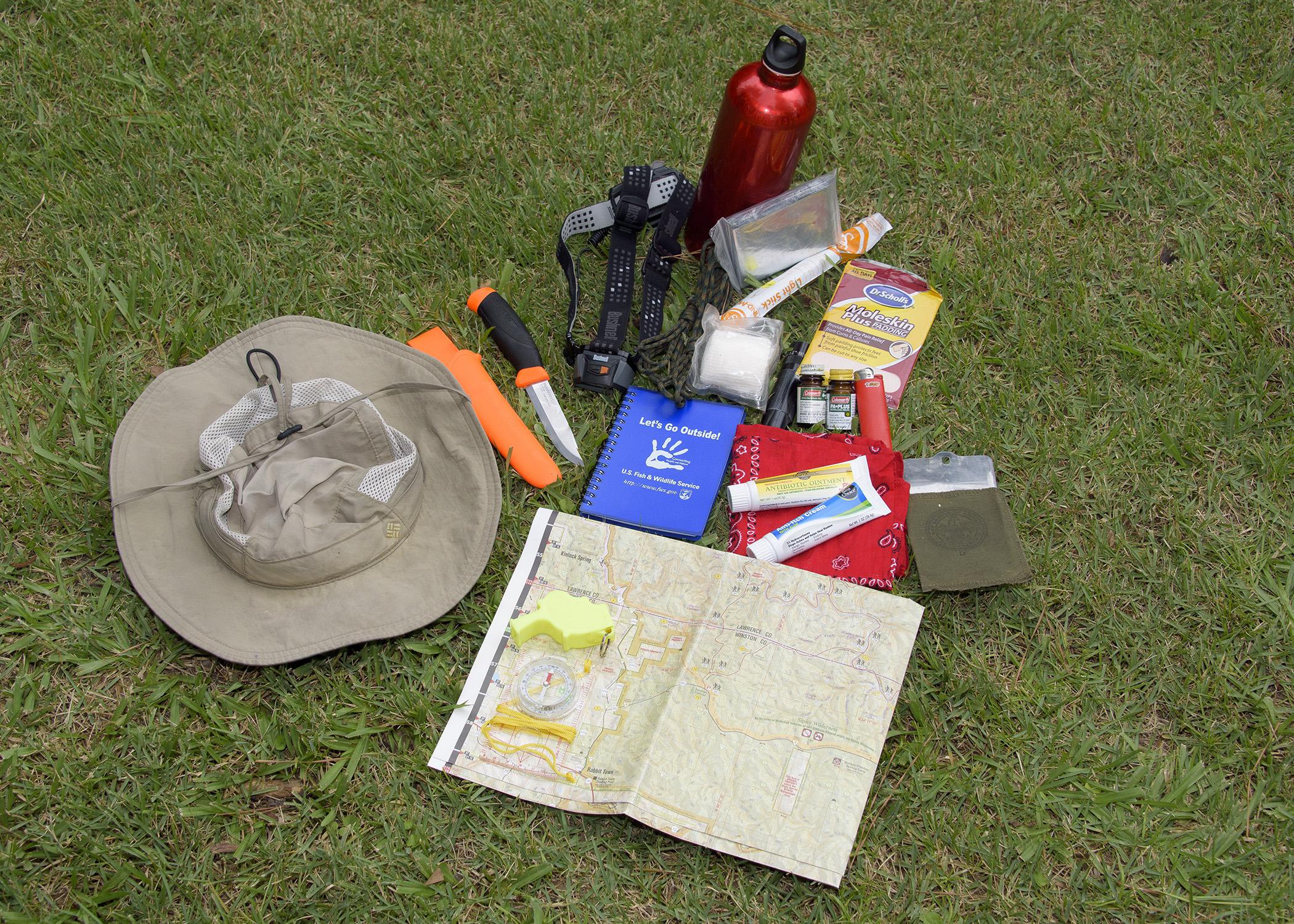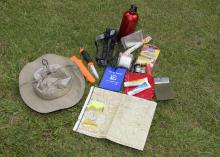Information Possibly Outdated
The information presented on this page was originally released on June 19, 2015. It may not be outdated, but please search our site for more current information. If you plan to quote or reference this information in a publication, please check with the Extension specialist or author before proceeding.
Top tips for safety make time outdoors a treat
STARKVILLE, Miss. -- Mississippi boasts a wealth of outdoor recreational opportunities for residents and visitors, with abundant lakes, rivers, forests, refuges, state parks, national parks and camping areas.
With that being said, any outdoor activity can also bring risks if recreation lovers not fully prepared.
Preparation is the number one tip for safely enjoying the outdoors. Being prepared could be as simple as checking the weather and informing someone of your intended trip. But I recommend preparation for a variety of hazards ranging from personal injury, to poisonous plants, encounters with wildlife, heat stroke, insects, and even lightning!
According to the Centers for Disease Control and Prevention, more than 900 hiking- and camping-related injuries are reported each year. I suspect dozens more go unreported. Chances are that most of these injuries could have been avoided with proper knowledge of the area and better preparation for an emergency.
The first task and the most effective way to enjoy your outing and prevent mishaps is to create a trip plan, even for last minute excursions. Knowledge of the area, terrain, weather and physical limitations are trip plan essentials.
Properly packing a day or camping bag is equally important. Always check your equipment before your trip. Don’t wait until you get to the trailhead to find out that emergency equipment is not in working order.
I also recommend that you travel with a companion, especially if you’ll be in a remote area. At the very least, leave your itinerary with a responsible person and let someone know when you plan to return.
After checking the current and forecasted weather, make sure to pack proper clothing, including rain gear if necessary. Appropriate sturdy shoes, sunglasses and a hat should also be included. A small, portable first aid kit can prove invaluable if you or someone in your group suffers a cut, scrape, insect bite or bee sting. Sunscreen and insect repellent come in travel-size bottles and are also essential in your first aid kit.
Pack a standard hiking or camping kit that includes a map, compass, flashlight, knife, waterproof fire starter, whistle, warm clothing, water, rain poncho and high energy non-perishable food, such as granola bars. This kit can be assembled and stored in your vehicle for up to several months. Overnight trips require additional supplies such as a tent, sleeping bag and toiletries.
Wildlife encounters with animals such as insects, snakes and small mammals, such as raccoons, are most common. Hornets, bees, wasps and yellow jackets can be a problem at campsites. Always inspect a site for nests or hives and carry repellent in your pack.
Watch your footing over logs or brush piles where snakes may be resting or basking. Snakes are usually timid unless provoked or frightened. Awareness will help protect you and snakes from injury. Raccoons, opossums, fox and other small mammals are opportunists and will enter a campsite where food is available. Hang your food from a tree out of an animal’s reach and a good distance from your sleeping areas.
Although highly uncommon, encounters with bears may occur. To ward off bears, clean and store any utensils, food containers, garbage or food. If a bear does enter your campsite, make loud noises to scare it away. Never approach or chase away any wild animal. Always carry a flashlight at night, as this is when many creatures are active.
Dehydration is the number one cause for emergency rescues in the wilderness. Water may be heavy to carry, but thirst on the trail is a real hazard. Use a camel pack or pack a water filtration device to clean and refill your water bottle frequently. Unfiltered water carries hazards of its own, including intestinal parasites and bacteria.
Poisonous plants can be dangerous or at least uncomfortable to encounter. Pack calamine or antihistamine in case of a reaction. Slippery rocks and limbs can pose hazards. Wear sturdy shoes that support your ankles and provide traction.
Lastly, according to data collected by the National Oceanic and Atmospheric Administration, lightning strikes cause approximately 50 deaths per year. Only 9-10 percent of all strikes are fatal. When outdoors during a lightning storm it is important to avoid high terrain or metal objects, which is where most strikes occur.
The internet is a wealth of information to help people plan a safe, but enjoyable trip outdoors. The U.S. Forest Service, National Park Service and camping outfitters, such as REI and North Face provide free information for trip preparation. Free smartphone apps offer interactive planning.
Fear shouldn’t deter people from having a great time in a natural setting, but coming prepared and staying aware ensure a happy ending to your outdoor experience.

Editor’s Note: Extension Outdoors is a column authored by several different experts in the Mississippi State University Extension Service.




